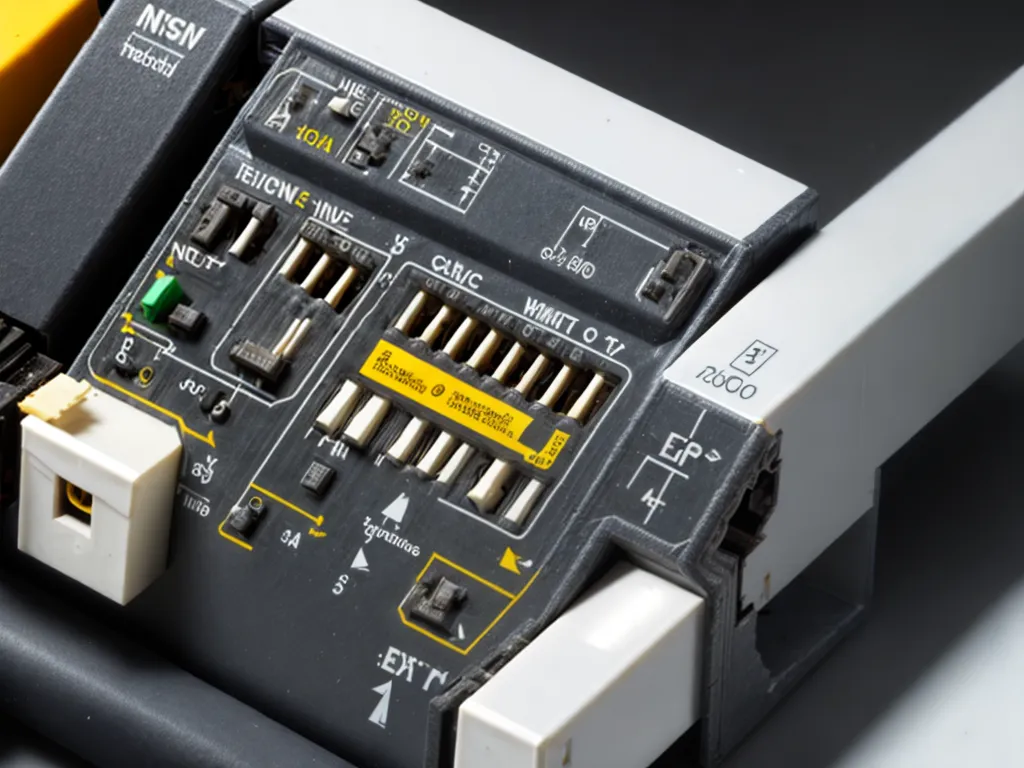
The National Electrical Code (NEC) contains guidelines and requirements for safe electrical installations. As an electrician, following the NEC helps prevent electrical overloads that can lead to fires, shocks, damage, and other hazards. This article will provide an in-depth look at how I prevent electrical overloads by adhering to key NEC regulations.
Understanding Electrical Overloads
An electrical overload occurs when too much current flows through a conductor, such as a wire or cable. The excessive current generates excessive heat that can:
- Melt wire insulation
- Scortch wires and cables
- Cause connections to fail
- Ignite surrounding combustible materials
Some common causes of electrical overloads include:
- Undersized wiring - Using wires that are too small for the amount of current expected.
- Too many devices/lights - Connecting too many appliances, lights, or other loads to a circuit.
- Faulty devices - Malfunctioning devices or appliances that draw too much current.
- Damaged wires - Exposed or deteriorated wires that overheat easily.
The consequences of overloads range from minor circuit failures to building fires. As an electrician, avoiding overloads is one of my top priorities during any electrical installation.
NEC Requirements to Prevent Overloads
The NEC contains several sections with rules to prevent hazardous overloads. Below are key requirements I follow closely:
Branch Circuit Conductor Sizing
Branch circuits supply power directly to devices and appliances. The NEC dictates appropriate wire sizes based on:
- Expected branch circuit load
- Overcurrent protection used
- Wire type (copper or aluminum)
By using NEC ampacity tables, I ensure all branch circuit conductors are properly sized to safely carry expected loads. This prevents overheating from sustained overcurrent.
Overcurrent Protection
Overcurrent protection devices like circuit breakers and fuses interrupt excessive current flow. The NEC mandates appropriate overcurrent protection based on:
- Wire ampacity
- Types of connected loads
- Environment and grouping
I cross-reference overcurrent device ratings against conductor ampacities and loaded circuit currents. This avoids overloads beyond trip settings.
Maximum Loads per Circuit
The NEC limits total connected loads based on:
- Circuit voltage (120V, 208V, etc)
- Conductor ampacity
- Overcurrent protection
For general lighting and receptacle circuits, I follow NEC guidelines like:
- 80% maximum loading on 15 and 20 amp circuits
- Limited receptacle loads on lighting circuits
This prevents aggregate overloads even if individual devices are within ratings.
Load Balancing Across Phases
For multi-wire branch circuits, I distribute loads across phases as evenly as possible. Phase imbalance can lead to neutral overloads even if phase conductors are within ampacity.
I re-balance or re-route circuits if phase loads differ by more than 20%. This avoids overloaded neutrals and excessive heat.
Continuous Loads vs Non-Continuous Loads
The NEC defines continuous and non-continuous loads based on duration. For example:
- Non-continuous: Appliances, portable tools
- Continuous: Electric space heaters, enclosed lighting
Due to increased heat over time, I derate conductor ampacity for continuous loads. This matches capacity to the true anticipated current.
By understanding load characteristics, I prevent overloads from constant, long-duration demands.
Following the NEC for Safe, Reliable Electrical Systems
As an electrician, preventing overloads requires in-depth knowledge of NEC guidelines on circuit sizing, overcurrent protection, load balancing, and more. By carefully adhering to these codes, I avoid overheated conductors, overloaded neutrals, and other hazards. This results in electrical systems that are safe, efficient, and built to last.
While this article covers key points, the NEC contains numerous important overload prevention measures. I regularly review updated NEC editions and attend training sessions to refine my expertise. A strong working knowledge of the NEC protects my customers by proactively avoiding electrical overloads during every installation.